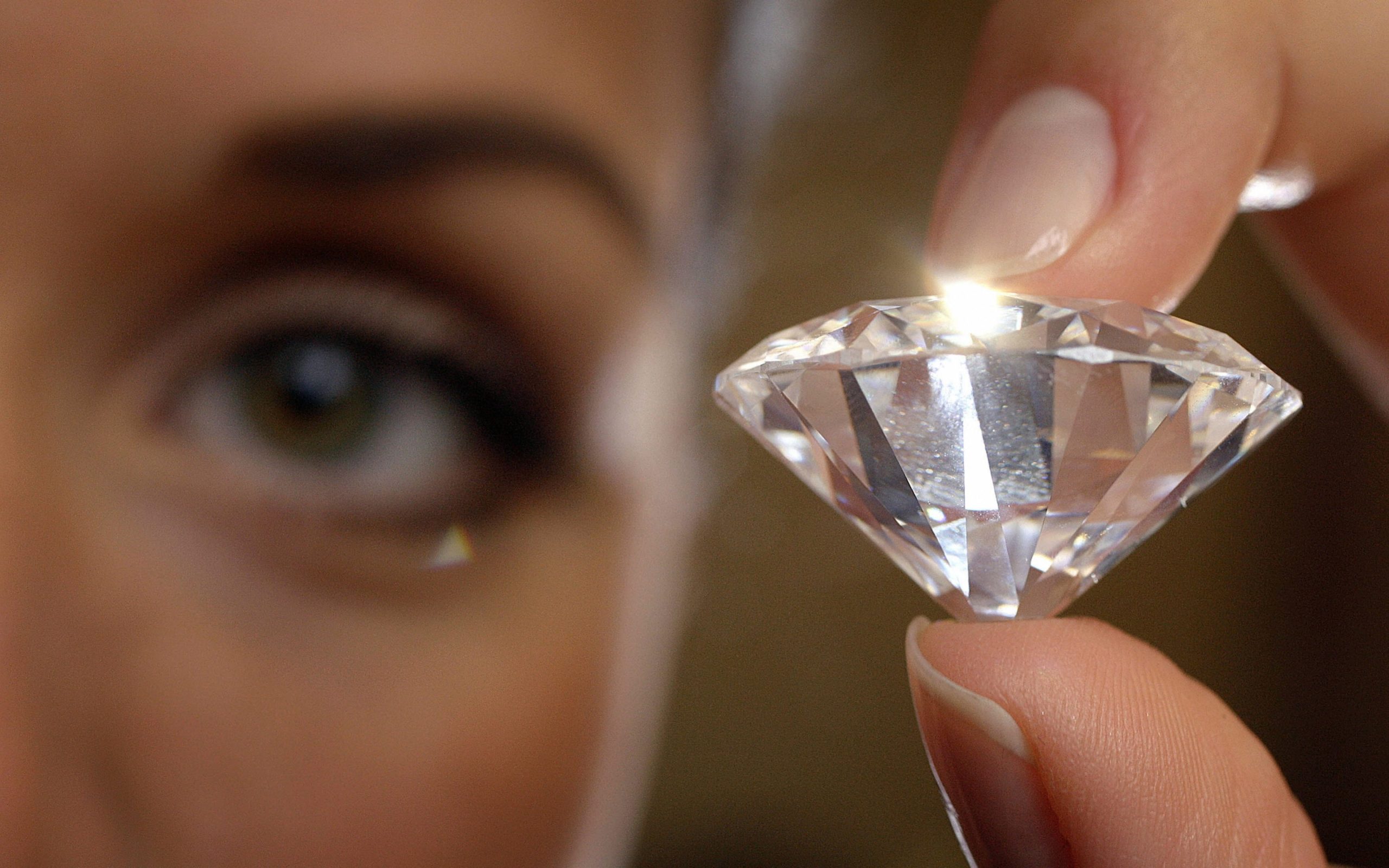As of late, the adornments industry has faced significant scrutiny over the ethical implications of diamond mining. The expression “blood diamond” has entered the public cognizance, raising awareness about the dark side of the diamond trade. In contrast, a rising alternative known as man-made diamonds is gaining popularity. This article will explore the distinctions between blood diamond and man-made diamonds, shedding light on their ethical implications and environmental impacts.
What Are Blood Diamonds?
Blood diamonds, also known as struggle diamonds, are diamonds mined in war zones and offered to finance armed struggle against governments. The term became prominent in the late 1990s when reports surfaced about how diamond sales were funding brutal nationwide conflicts in nations like Sierra Leone and the Democratic Republic of Congo. These diamonds are often extracted under horrific circumstances, involving human freedoms abuses, for example, forced labor, youngster labor, and viciousness against workers. The blood diamond trade has led to international efforts to regulate the diamond industry, notably the Kimberley Process, established to keep struggle diamonds from entering the market.The impact of blood diamonds on networks is devastating. Families are torn apart, and whole locales are destabilized because of the savagery associated with their extraction. It is crucial for buyers to know about these implications while purchasing diamonds. By choosing alternatives like man-made diamonds, individuals can make a more ethical decision and avoid supporting the blood diamond trade.
The Rise of Man-Made Diamonds
Man-made diamonds, also known as synthetic or lab-grown diamonds, are diamonds created in controlled environments using advanced innovation. Dissimilar to blood diamonds, which are mined from the earth, man-made diamonds are created using strategies like High Tension High Temperature (HPHT) or Chemical Vapor Testimony (CVD). These processes emulate the natural circumstances under which diamonds form, resulting in stones that are chemically and physically identical to their natural counterparts.The popularity of man-made diamonds is on the rise because of their ethical and environmental advantages. By choosing man-made diamonds, buyers can support a sustainable and dependable industry that does not add to the blood diamond trade. Additionally, man-made diamonds are often more affordable than natural diamonds, making them an attractive choice for budget-cognizant purchasers.
Ethical Considerations in the Diamond Industry
The diamond industry has for quite some time been plagued by ethical worries surrounding blood diamonds. Shoppers are increasingly interested in the origins of their adornments and the impact of their purchases. The distinction between blood diamonds and man made diamonds is essential in understanding these ethical considerations. By opting for man-made diamonds, shoppers can align their purchases with their values and add to a more sustainable future.Several organizations have arisen to advance ethical diamond sourcing and educate buyers about the implications of their decisions. These initiatives encourage transparency in the diamond store network, helping purchasers understand where their diamonds come from and how they were obtained. This shift towards ethical utilization is vital in combating the blood diamond trade and supporting mindful practices in the adornments industry.
Environmental Impact of Diamond Mining vs. Man-Made Diamonds
The environmental results of traditional diamond mining are significant. Blood diamond mining often leads to deforestation, habitat annihilation, and soil disintegration. Furthermore, the process of extracting diamonds can bring about water contamination and other environmental hazards that affect local biological systems and networks. These negative impacts have raised worries among environmentally cognizant shoppers and provoked many to look for alternatives.In contrast, man-made diamonds have a significantly lower environmental footprint. The creation of lab-grown diamonds requires less land and assets compared to traditional mining strategies. Additionally, they produce less ozone depleting substance emissions and don’t add to the environmental degradation associated with blood diamond mining. By choosing man-made diamonds, purchasers can decrease their environmental impact and support a more sustainable gems industry.
The Future of the Diamond Industry
As awareness of the blood diamond trade develops, the demand for ethical alternatives like man-made diamonds is probably going to increase. Goldsmiths are beginning to offer more lab-grown choices, and many purchasers are making the change to support ethical practices. This shift could ultimately reshape the diamond industry, encouraging more mindful sourcing and reducing the prevalence of blood diamonds in the market.In conclusion, the distinction between blood diamonds and man-made diamonds is essential for customers looking to make ethical decisions in their adornments purchases. By understanding the implications of blood diamonds and the advantages of man-made alternatives, individuals can add to a more sustainable and ethical diamond industry. As the popularity of man-made diamonds continues to rise, it is crucial for buyers to remain informed and make decisions that align with their values, ultimately supporting a gems industry liberated from the taint of blood diamonds.

